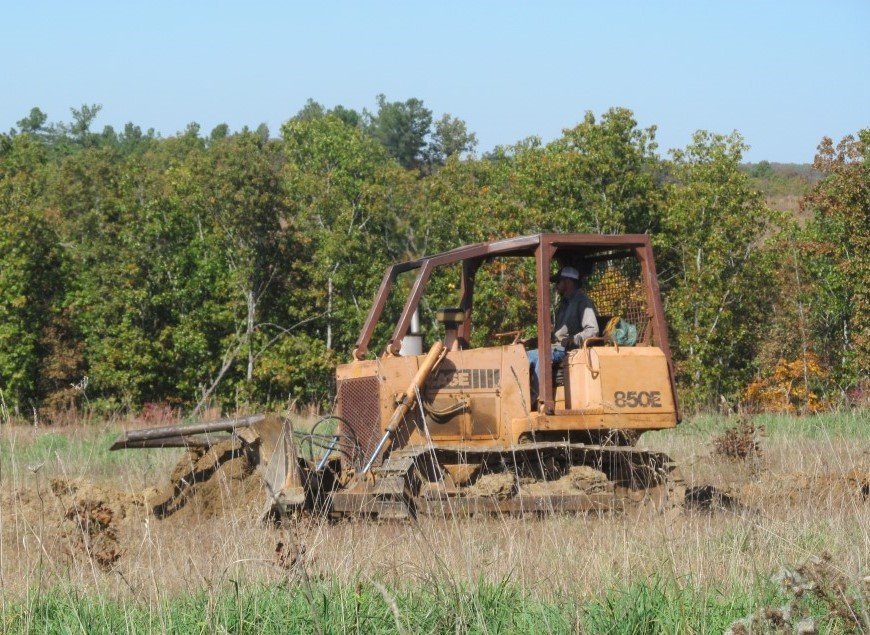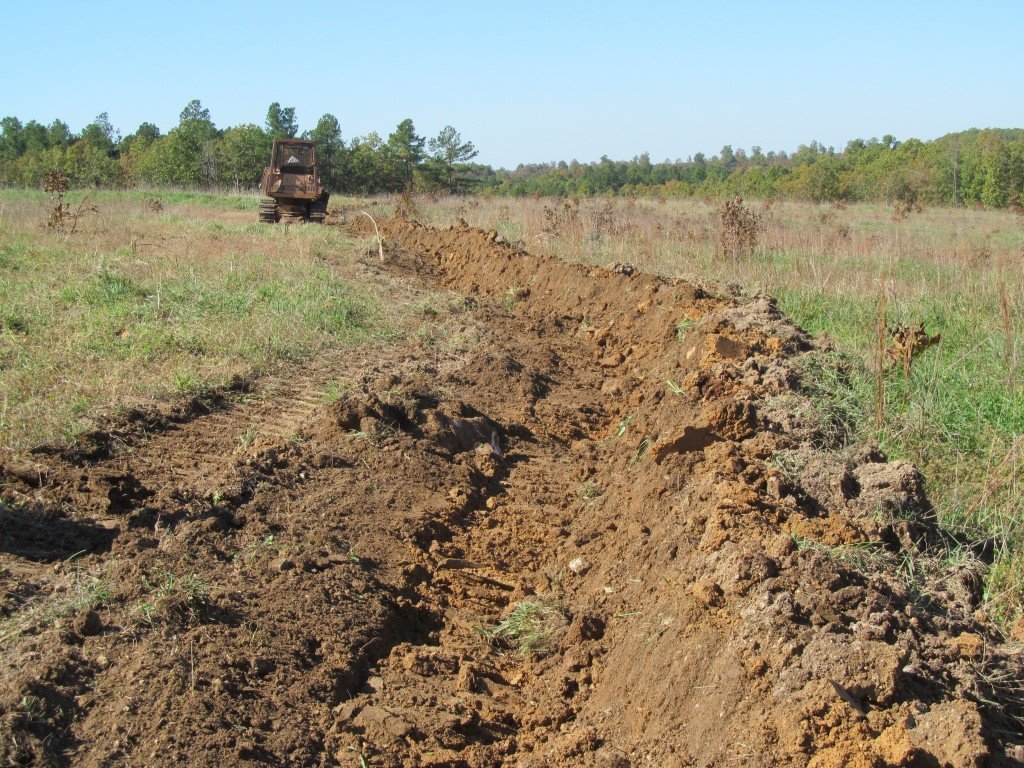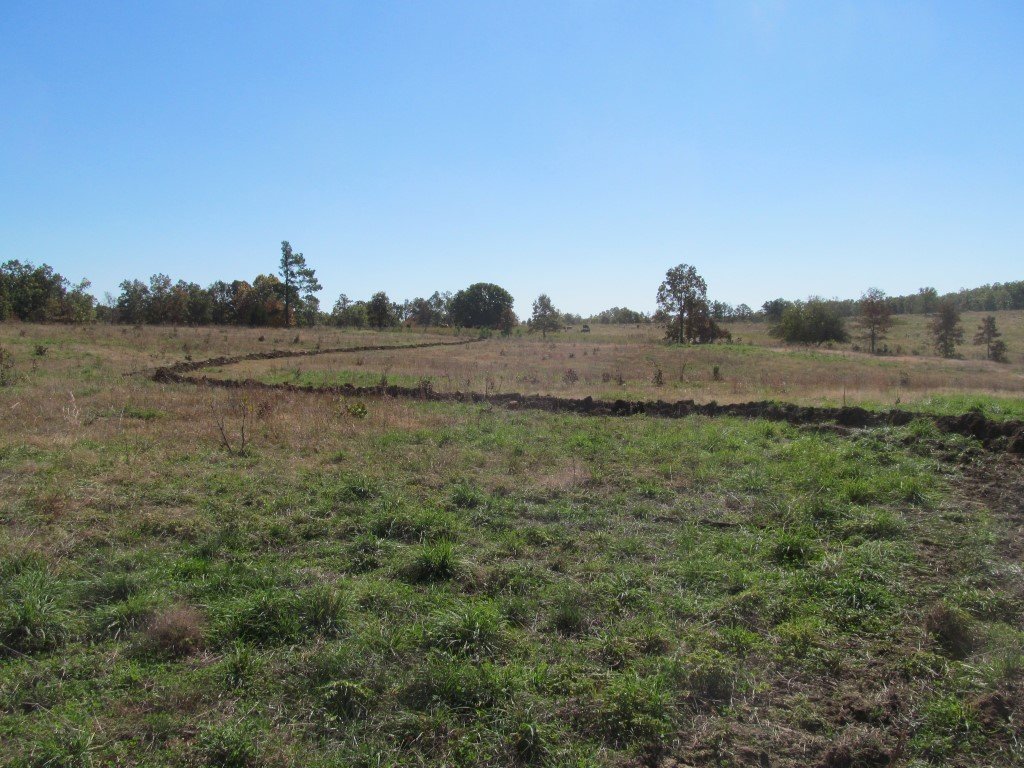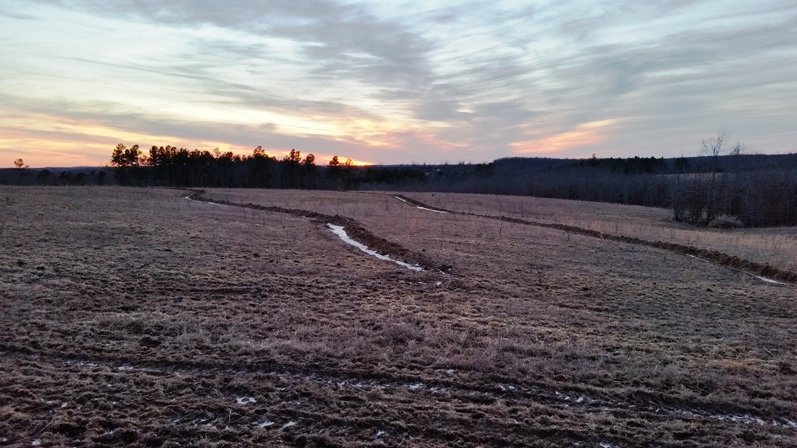Discover the Wild Leek (Ramps)
Learn how the influence of ramps has built relationships within
Learn how the influence of ramps has built relationships within
What is a composting toilet? A composting toilet is a
Here is the latest presentation and virtual tour of how
Spring is here at Midwest Permaculture. It’s time for the
We have been invited by a family in Southern Missouri to assist with the design of a 320-acre farm. They want to transition the land into a permaculture landscape capable of producing a wide range of perennial foods (nuts, vegetables, herbs, fruit, etc.) as well as livestock (beef and goats).
Over generations, rain has slowly degraded this sloping landscape with a loss of nutrients and topsoil. It is not uncommon for a million gallons of water to wash off this landscape with a 1-inch rain.

By signing up, you'll receive occasional email newsletters with valuable permaculture insights and updates on our courses. We respect your privacy and won't send spam. You can unsubscribe at any time.
The owner has a priority of rebuilding the degraded topsoil so in the first phase of this design we will be putting in a series of swales and ponds across the entire landscape. This will allow the rains to soak deep into the earth while keeping the soluble nutrients right where they belong. Here is a cross section of the preliminary design strategy.

The owners had immediate access to a small bulldozer and since it was already October we all wanted to get a few swales cut into the landscape so we could observe how they function over the winter months. All of our experience has been with excavators, front-end loaders and shovels but it certainly made sense that a dozer could do this work as well.

This particular bulldozer is made by Case. It weights about 20,000 lbs. and has almost 90 hp (horse power). In comparison, the big units we see along the side of the road (when they are being built) or on building project sites are often the Catapillar D-9 dozers. The D-9 weighs in at 100,000 lbs. and has about 460 hp. That makes the D-9 about 5 times bigger than this little 850E. But by gosh…this little guy did the job.


This soil has a fair amount of rock in it and the ground was fairly dry. Consequently, the dozer could not take too big or too deep of a cut otherwise it stopped dead in it’s tracks and the blade needed to be pulled up to lessen the back-pressure to keep moving.
My sense is that for this landscape, a bulldozer about twice this size would be the better choice. This spring when the project resumes we’ll be looking for a 200 hp bulldozer.
We just wanted to share this information for those considering cutting-in swales with a bulldozer. We hope this will help you with your planning. Let us know how what kinds of success your challenges you have should you try this as well.

Toward leaving the planet in better condition… Bill Wilson
Nothing like holding the spring snow-melt. This is water that would have run off the land if the swales were not there. Thanks to Adam who is not living on the property who took this late evening shot.

9 thoughts on “Bulldozer Digging Swales”
Bill
I think what you did is really a breakthrough in swale design and construction. The Dozer brings in a different line of equipment from horses to tractors and skid steers that can make ditches and Swales. I’m looking forward to watching this project!
Thanks Michael. And the tractor with the tilting scraper blade opens another whole door as well. If we can substantially modify a landscape so that it becomes perpetually improved with moderate changes, and do so quickly and with a relatively low cost, there are thousands of more farms or landscapes that can make the change. Glad you are watching Michael. I know you’re doing good work as well. Onward.
Bill I’m pretty new in permaculture. İnformation any kind about swalls is usufull for me. I would like to ask a question. After this stage is it necessary to make the swale dipper or it is ok as it is. I also concerned about surface soil layer. Would this method cause problem interms of loosing surface soil do you think. Yhanks.
Solmaz Lee… there is no hard-fast rule regarding how deep or wide to dig a swale. Anything is better than nothing in most cases and once it is dug it can always be deepened and widened later. The berm is seeded with a cover crop as soon as possible following the disturbance so once the plants are established or even a good mulch applied, the problem of top soil loss becomes negligible. The swales tend to almost eliminate all soil erosion on the landscapes they are established in. Good questions.
Bill
Looks like a great project, could easily be in my area. Also was wondering if this dozer had the option of ripper teeth? That strategy might have enabled the same size unit to made more progress. A number of D-6 Catepillars in our SW Mo area use the ripper teeth to deal with clay and rock.
Very interested in this project. Thanks for Sharing!
Thanks Bill for the video. Great technical information regarding the dozer and HP needed. I will share with others considering similar projects. Looking forward to updates in the spring regarding the type of guilds along the linear food forest the owner may be considering !
Enjoy a safe and blessed Christbirth with family and friends!
Good to hear from you Rick. I trust all is well in your neck of the woods. We plan on using this project as a way of sharing what we learn with as many folks as possible so we’ll keep you posted. Have a great holiday.
Thanks for the update and photos, Bill. Sounds like a great project, can’t wait to see it begin to take form in the spring. Our best to all in Stelle!
Thanks JC…